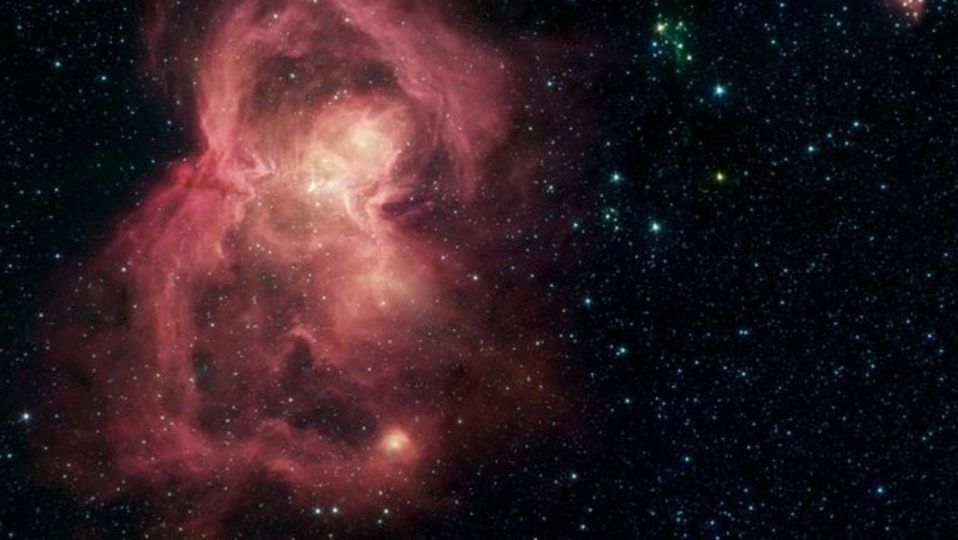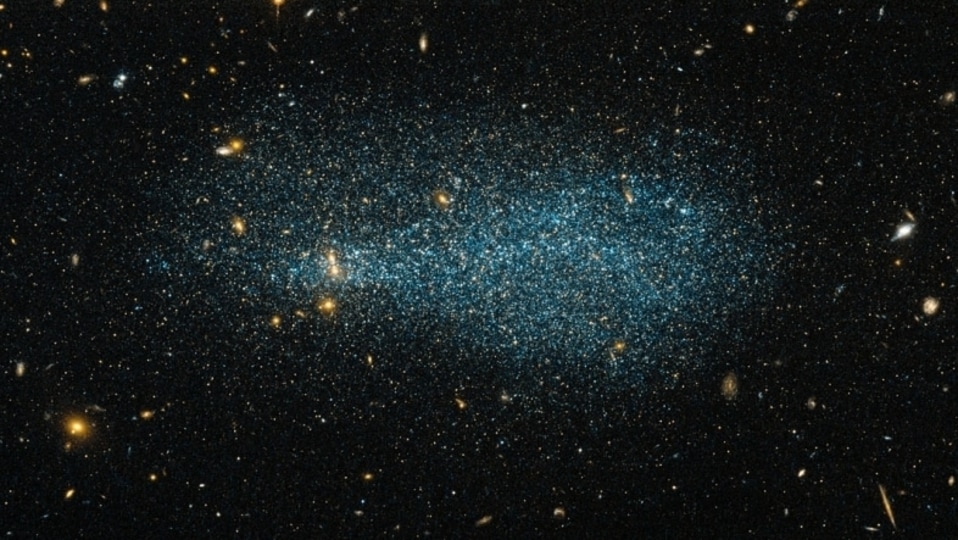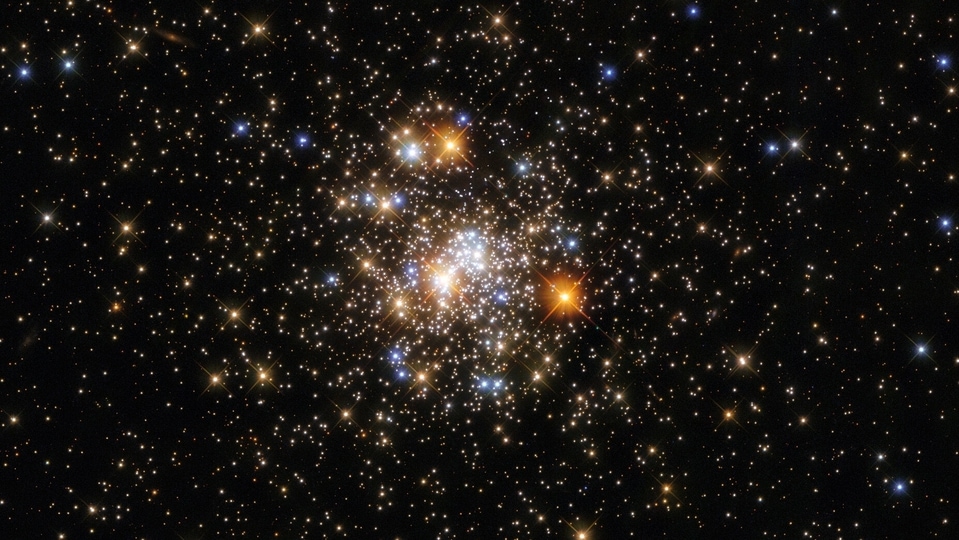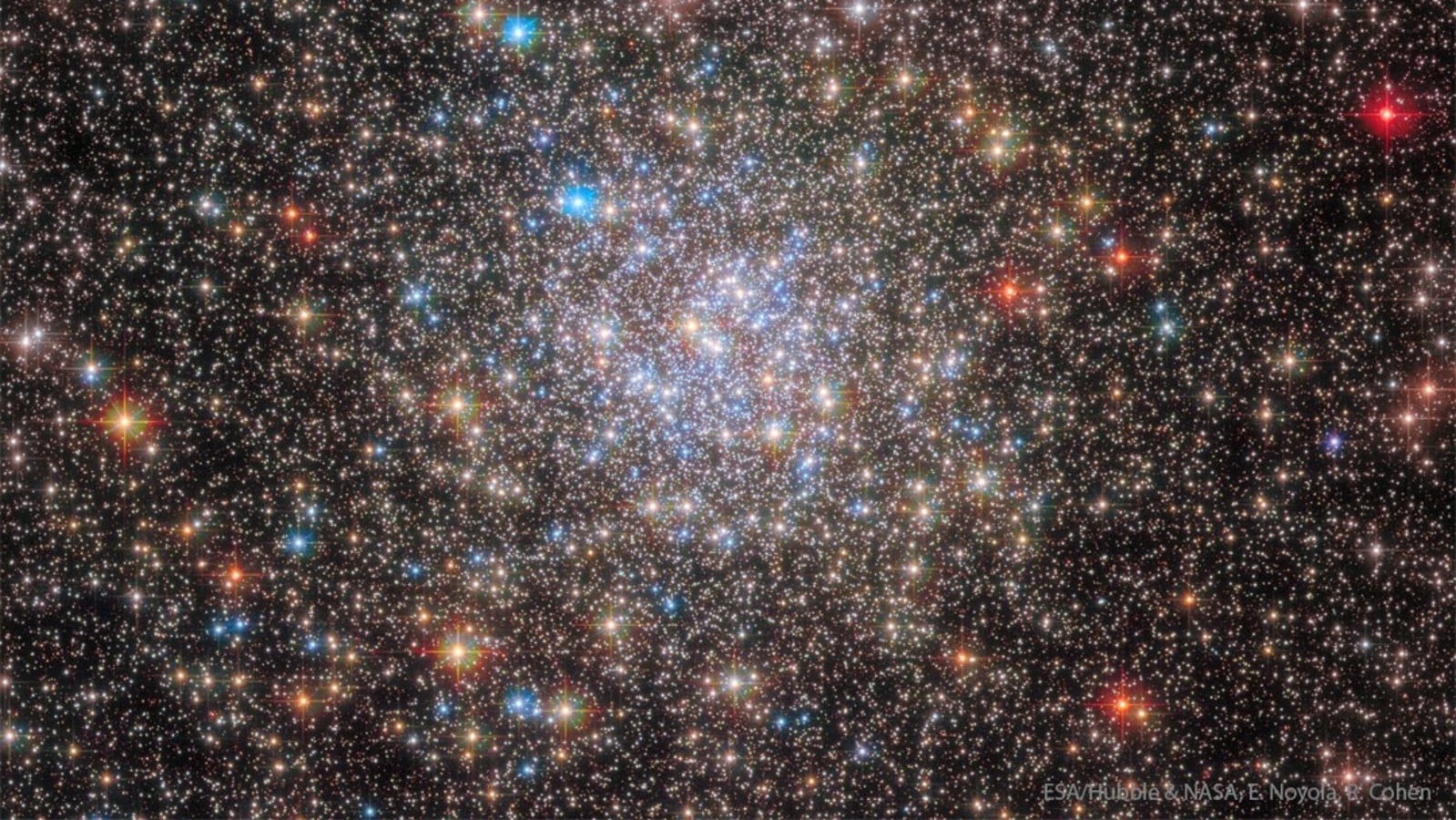NASA Astronomy Picture of the Day 30 January 2023: Hubble snaps Globular Star Cluster 6355
NASA’s Astronomy Picture of the Day is a breathtaking snapshot of a group of stars known as Globular Star Cluster NGC 6355.






 View all Images
View all ImagesAlthough the new James Webb Space Telescope has been capturing incredible images of celestial events, the Hubble Space Telescope has once again proved that, even though it may be old, it is still capable of capturing breathtaking images. Since the launch of Hubble in 1990, it has become relatively very easy to observe distant stars due to its presence about 340 miles above the Earth. Not just stars, but Hubble has also captured breathtaking images of groups of stars, known as Star Clusters.
NASA's Astronomy Picture of the Day is a breathtaking snapshot of the Globular Star Cluster NGC 6355, which is nearly 13 billion years old. Stars are celestial objects millions of years old floating in space. The older and bigger the star, the brighter it appears. They are formed in star-forming regions called Nebulae. The makeup of a Nebula consists of gases, mainly hydrogen and helium. After formation, many stars form groups from the same Nebula, which is known as a Star Cluster. According to NASA, Star clusters can contain as few as ten stars or as many as millions of stars.
The image was captured by the Hubble Space Telescope which is run by NASA and ESA in collaboration.
This stunning discovery by the Hubble Telescope further proves the capabilities of the Hubble Space Telescope.
What are Globular Clusters
Globular clusters once ruled the Milky Way. Back in the old days, back when our Galaxy first formed, perhaps thousands of globular clusters roamed our Galaxy. Today, there are less than 200 left. Over the eons, many globular clusters were destroyed by repeated fateful encounters with each other or the Galactic center. Surviving relics are older than any Earth fossil, older than any other structures in our Galaxy, and limit the universe itself in raw age. There are few, if any, young globular clusters left in our Milky Way Galaxy because conditions are not ripe for more to form.
The featured image shows a Hubble Space Telescope view of 13-billion-year-old NGC 6355, a surviving globular cluster currently passing near the Milky Way's center. Globular cluster stars are concentrated toward the image center and highlighted by bright blue stars. Most other stars in the frame are dimmer, redder, and just coincidentally lie near the direction to NGC 6355.
Catch all the Latest Tech News, Mobile News, Laptop News, Gaming news, Wearables News , How To News, also keep up with us on Whatsapp channel,Twitter, Facebook, Google News, and Instagram. For our latest videos, subscribe to our YouTube channel.





























